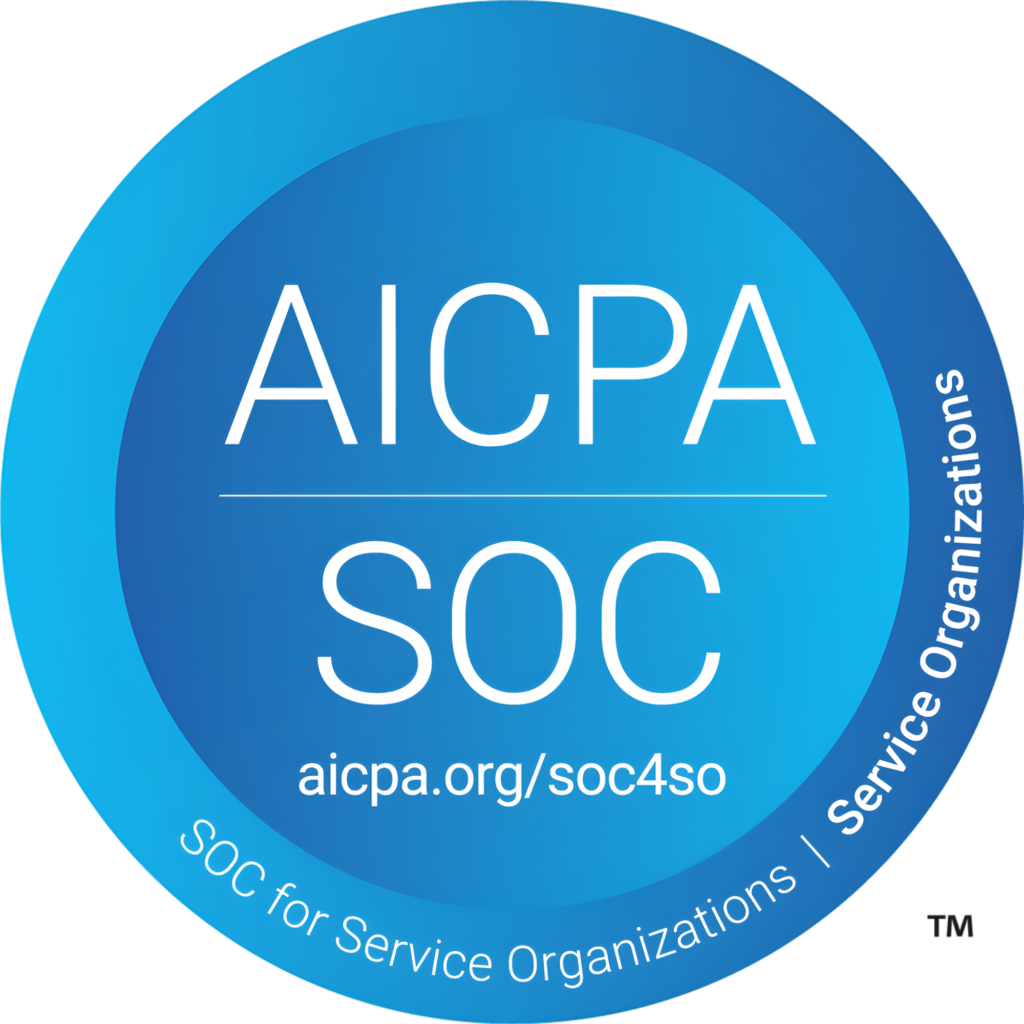The recent UiPath event held at Mumbai had its epicenter revolving around RPA capabilities used to leverage the BFSI sector. The panelists and speakers present in the event shared and discussed real-time scenarios and use cases to explain the RPA functionalities and its advantages. Discussed below are the major 4 takeaways from the event:
1. Reasons for RPA Bot Failures in Production
Impacts: When the BOT reaches the production stage, it gets exposed to issues caused by the real-time and missing data-oriented conditions in the process. This leads the BOT to fail in functioning and throwing of exceptions.
Solution: The ideal solution lies in the development and the client team being aware of the real-time data. Alternatively, the real-time data needs to be rearranged and should be used for development and testing sign-off.
Continue Reading
2. Managing Risks in Production Automation
Impacts: Data security issues, unwarranted access and permission leading to breaching of data and violating privacy guidelines.
Solution: Considering the BFSI sector scenario, access should be provided to the BOT and the development team based on the process and by proper analysis of the level, which can be either customer, account, card, loan or policy level. It should be ensured that the bots are provided with necessary level permission like read, create and edit.
3. Robot Onboarding and Lifecycle Management
Impacts: The infrastructure team ends up buying physical desktops or laptops instead of creating virtual environments when they are not aware of the robot on-boarding process. The business users should start accepting the BOT as their work assistants instead of considering it as a threat in their workspace. The developers, on the other hand, should have the in-depth detailed understanding of the business requirement and steps involved in the process and set well-defined instructions to be given to the bot.
Solution: Educating all the parties involved in the Robot Life Cycle and taking benefit of the involved personals. For the business users, sharing the necessary suitable process for automation is recommended along with getting themselves engaged in more decision-making tasks. And, for developers one of the major responsibility should lie in educating the business users on executing the robots, handling the exception and work on new scenarios.
4. UiPath’s Upcoming Releases
Impacts: Upgrading to newer versions of UiPath can pose challenges if the functionalities of lower version bots are not compatible with the higher version. This can lead to disruptions in automation processes and require additional development efforts.
Solution: UiPath’s upcoming releases aim to address this issue by ensuring that bots developed in lower versions can seamlessly function in higher versions. This simplifies the upgrade process and minimizes the need for rework, enhancing the overall efficiency of automation initiatives.

